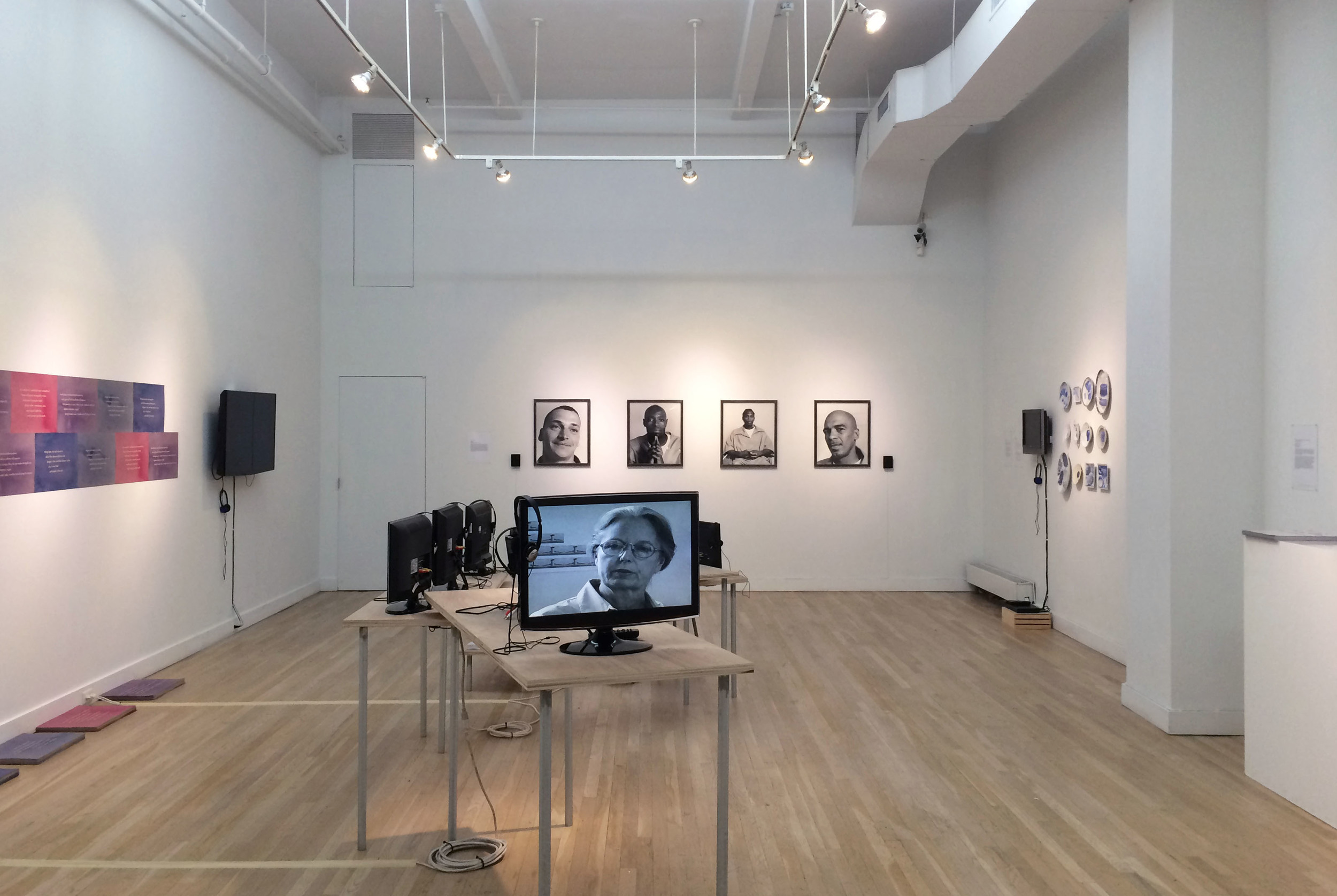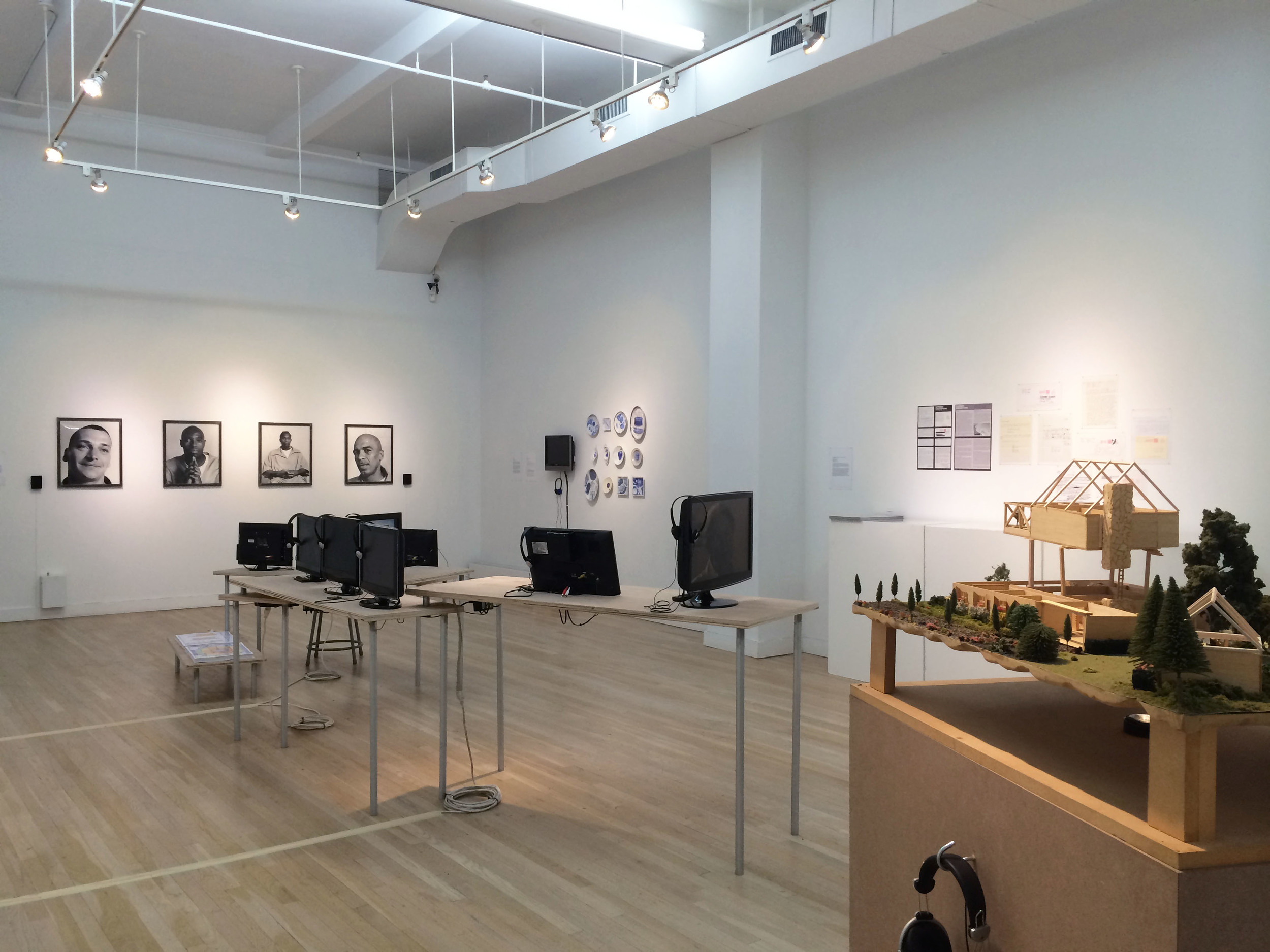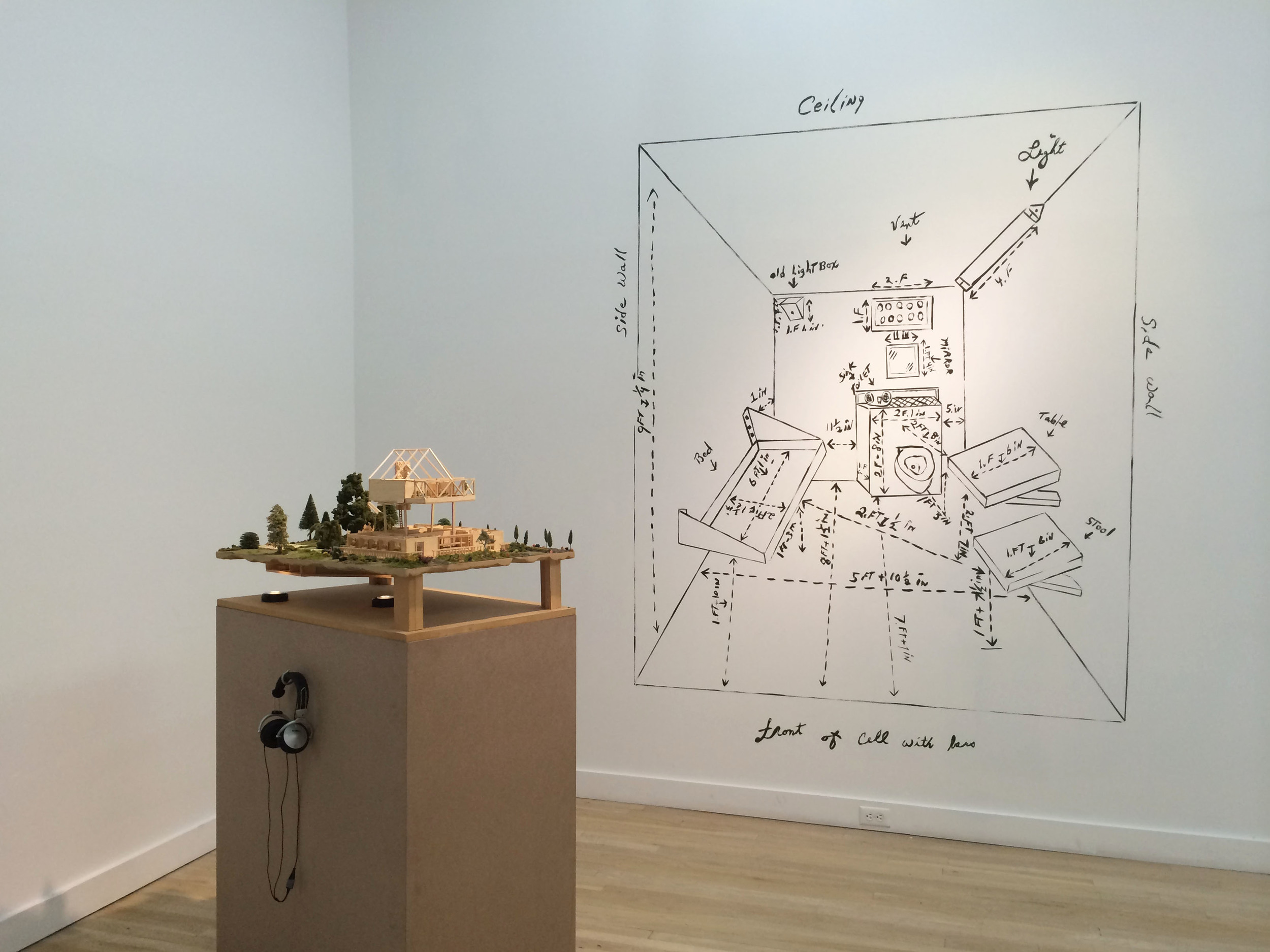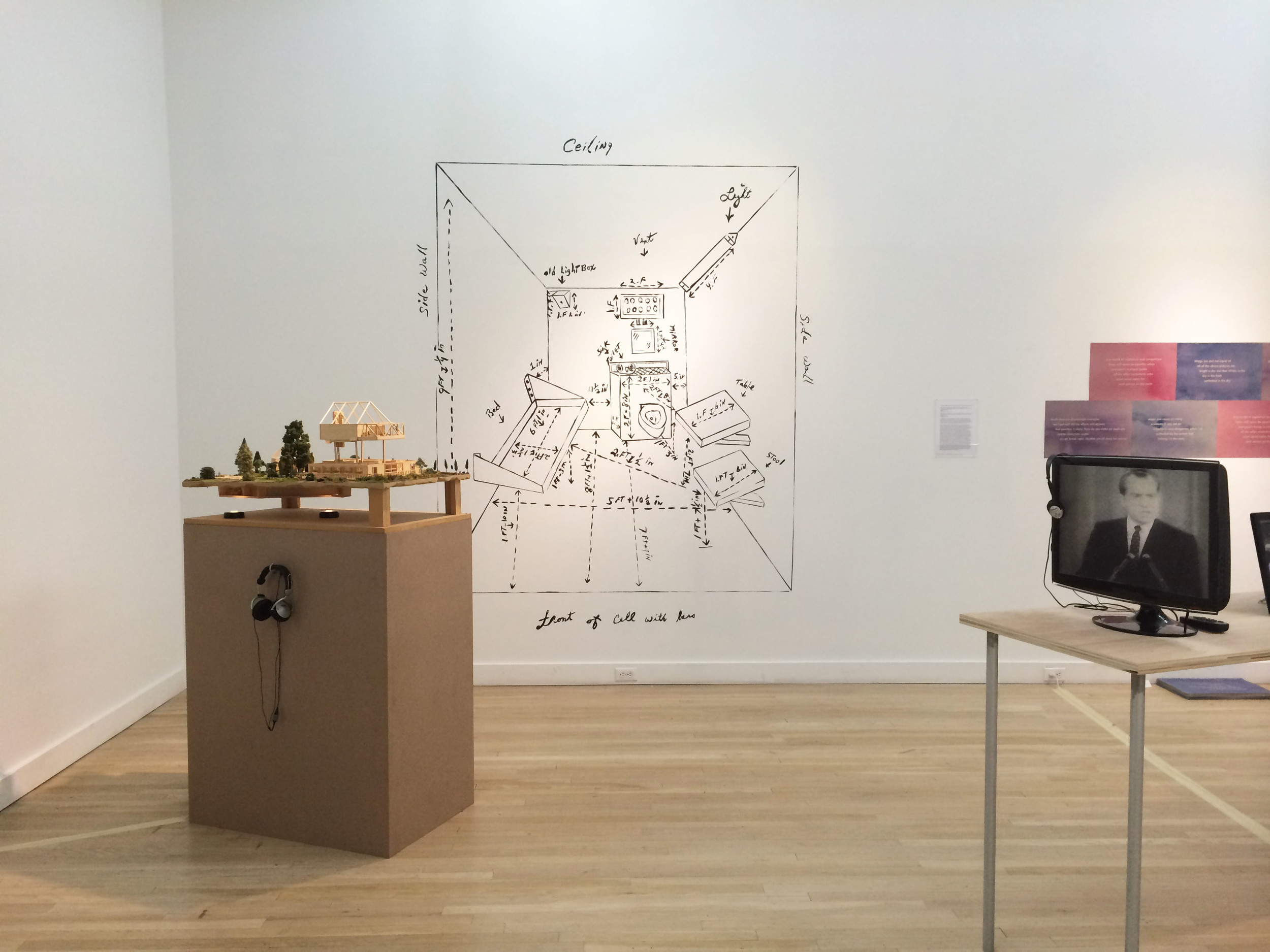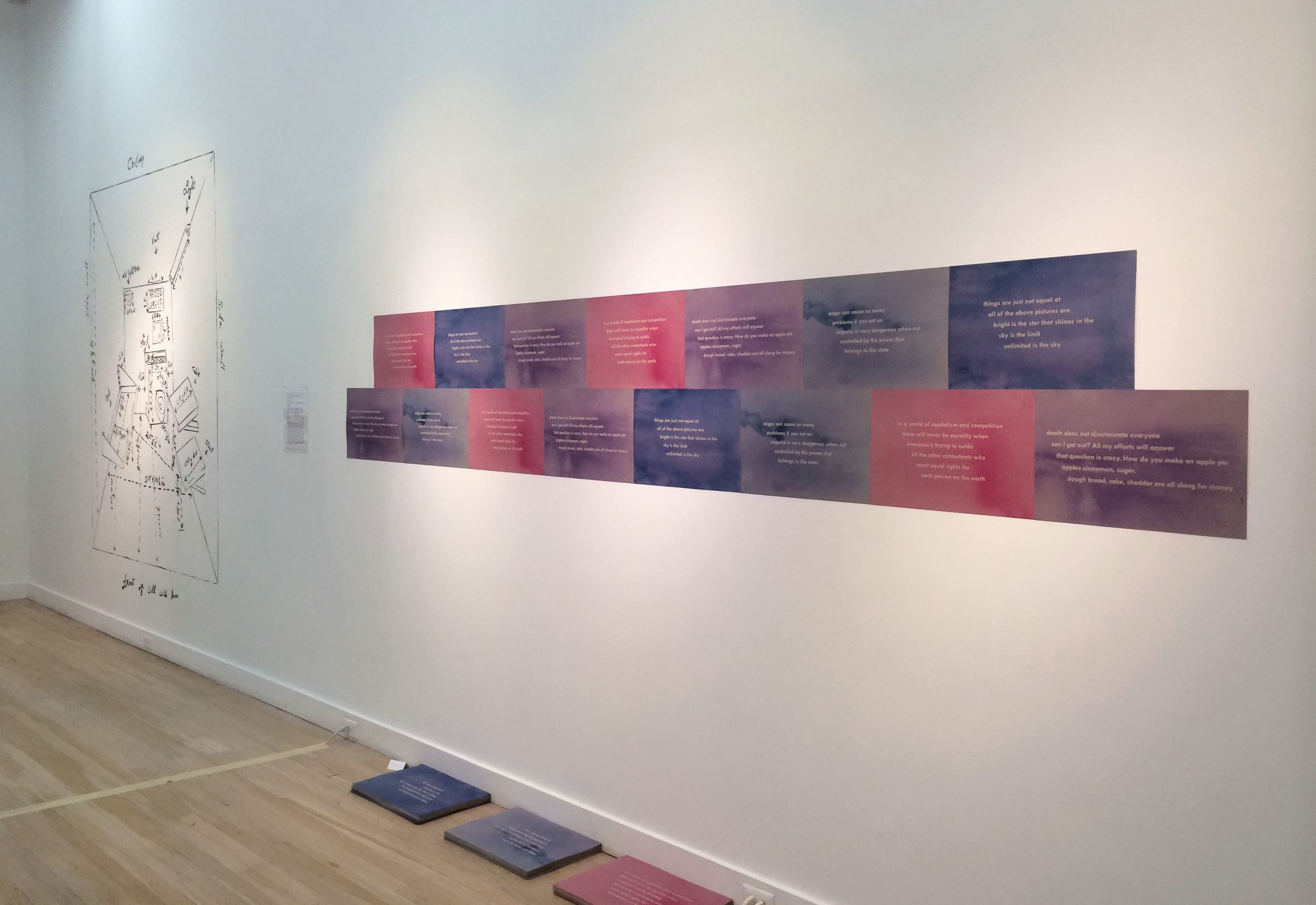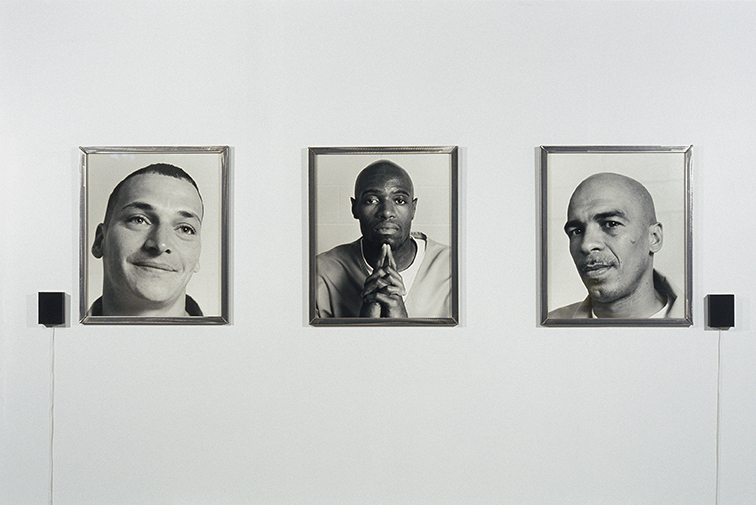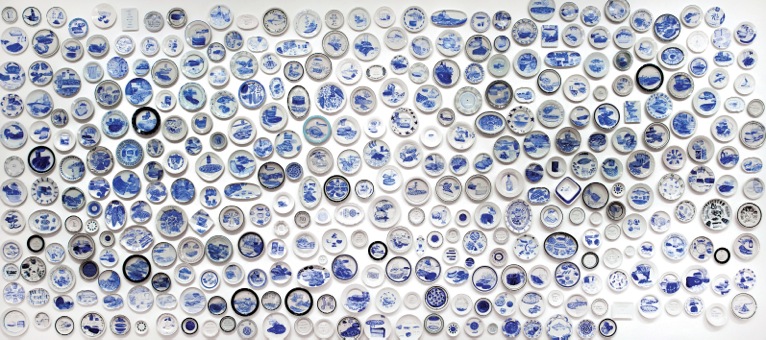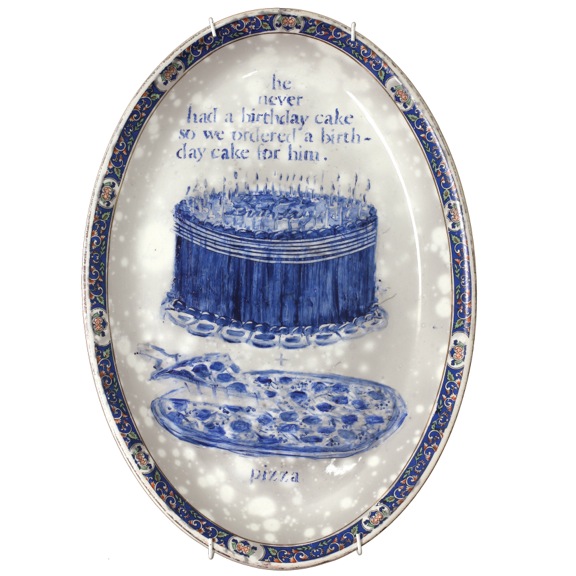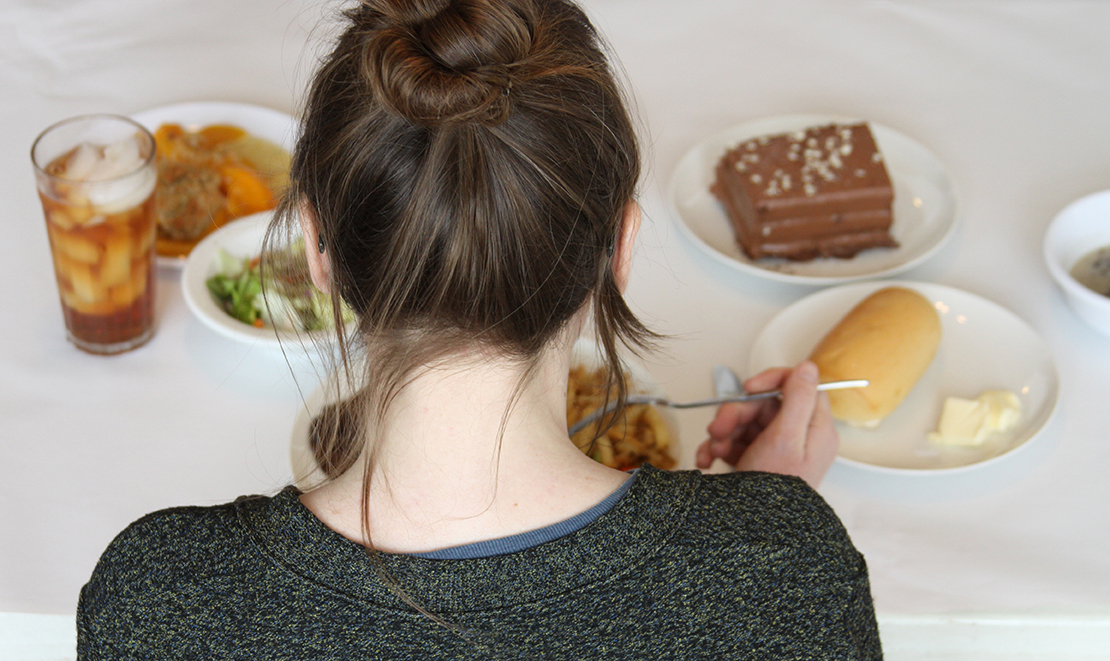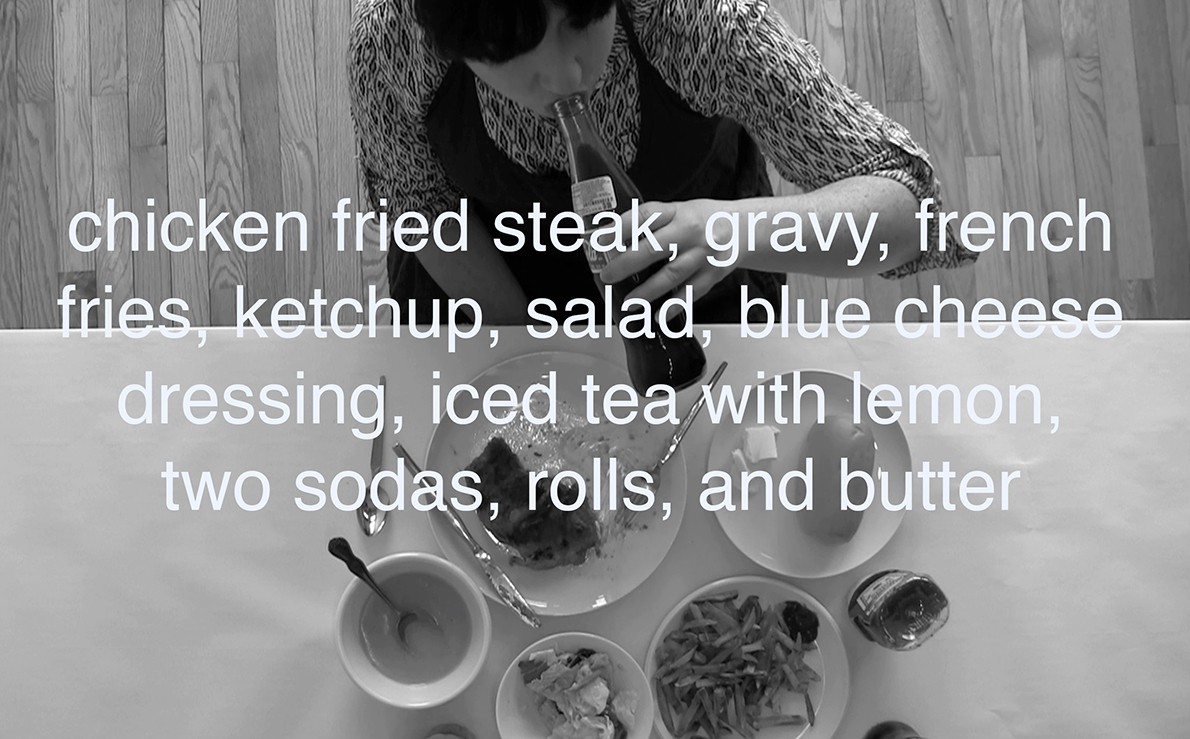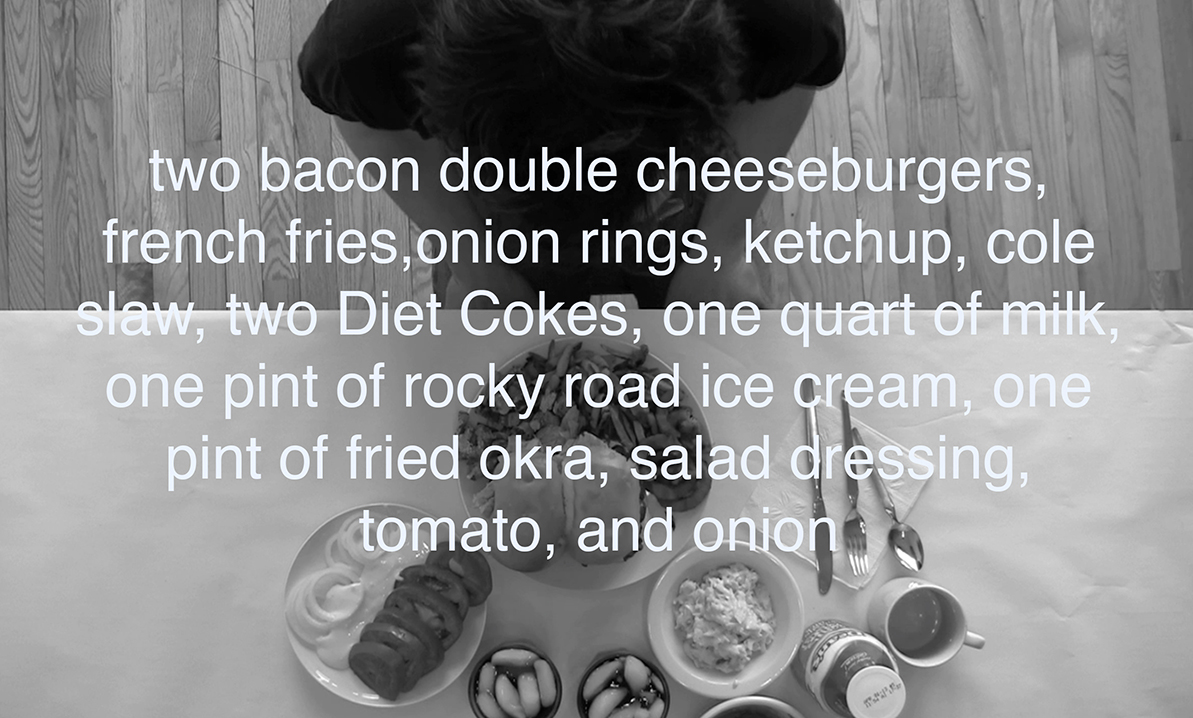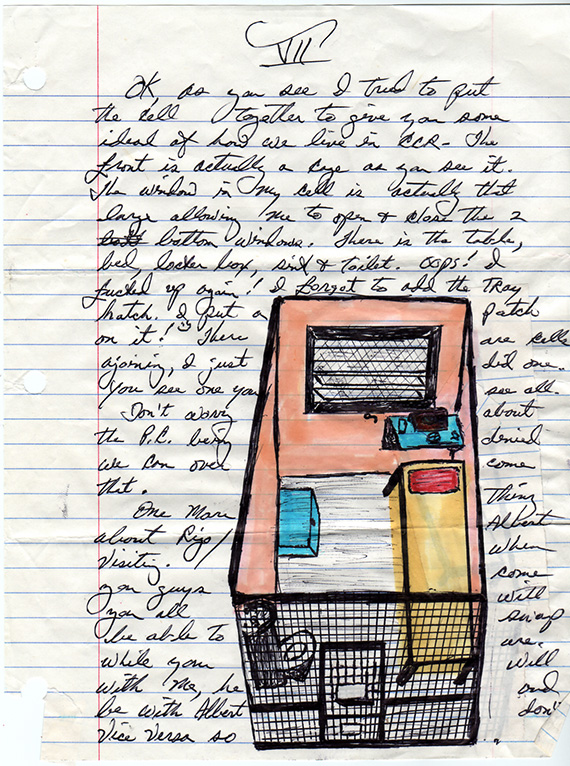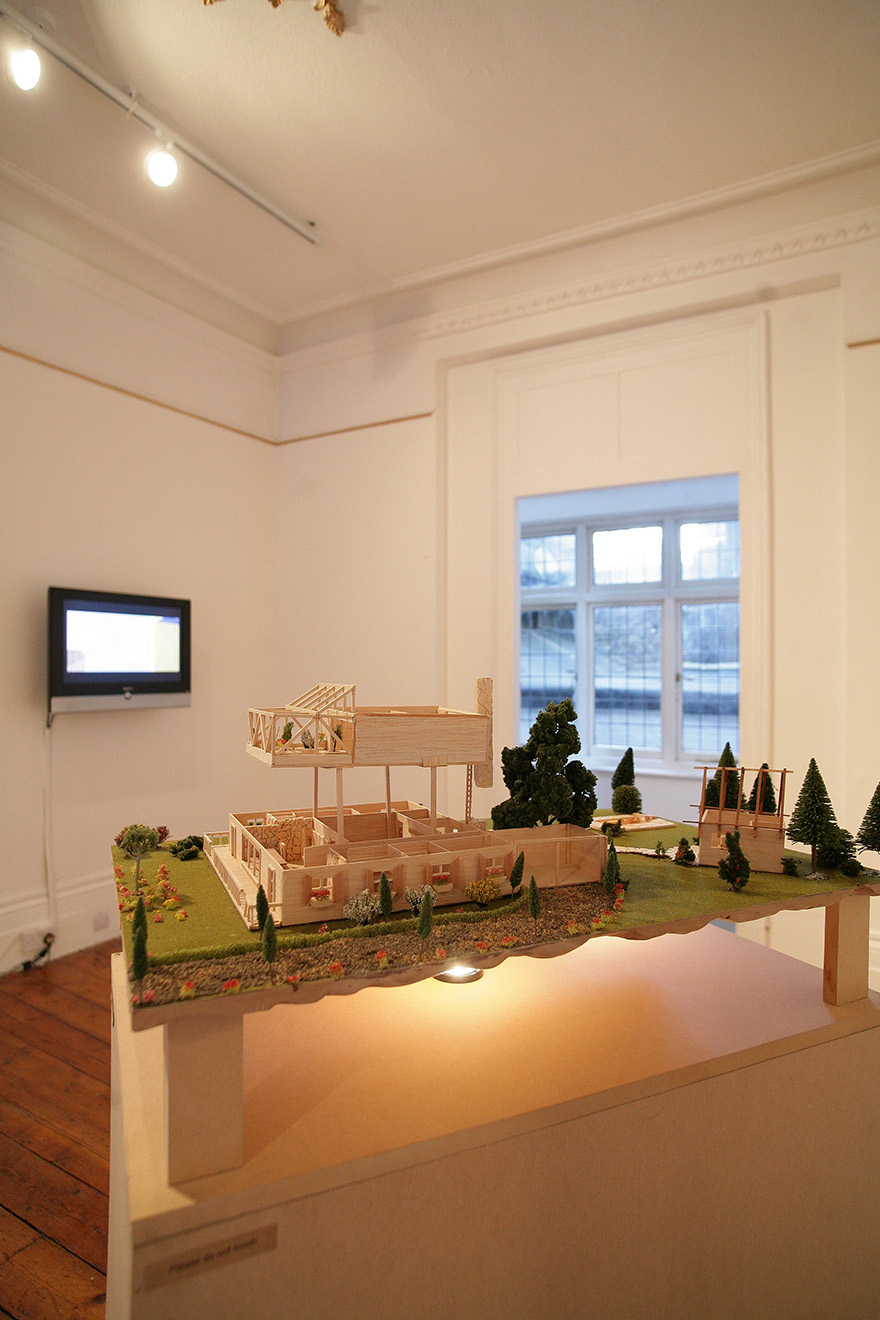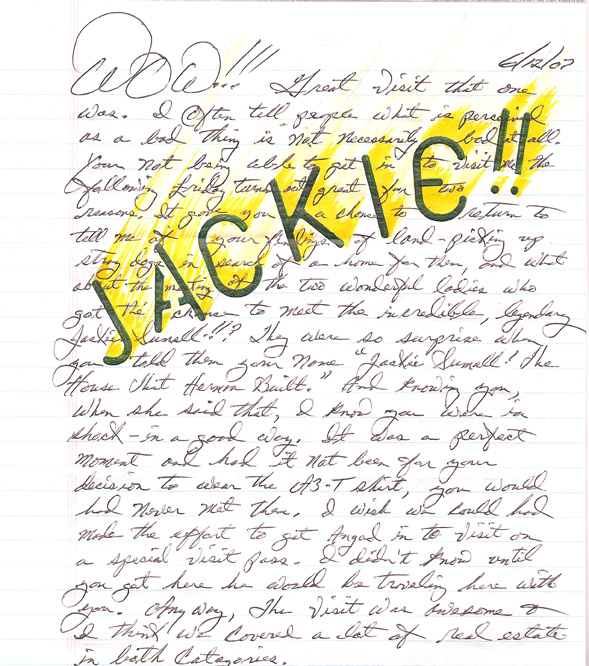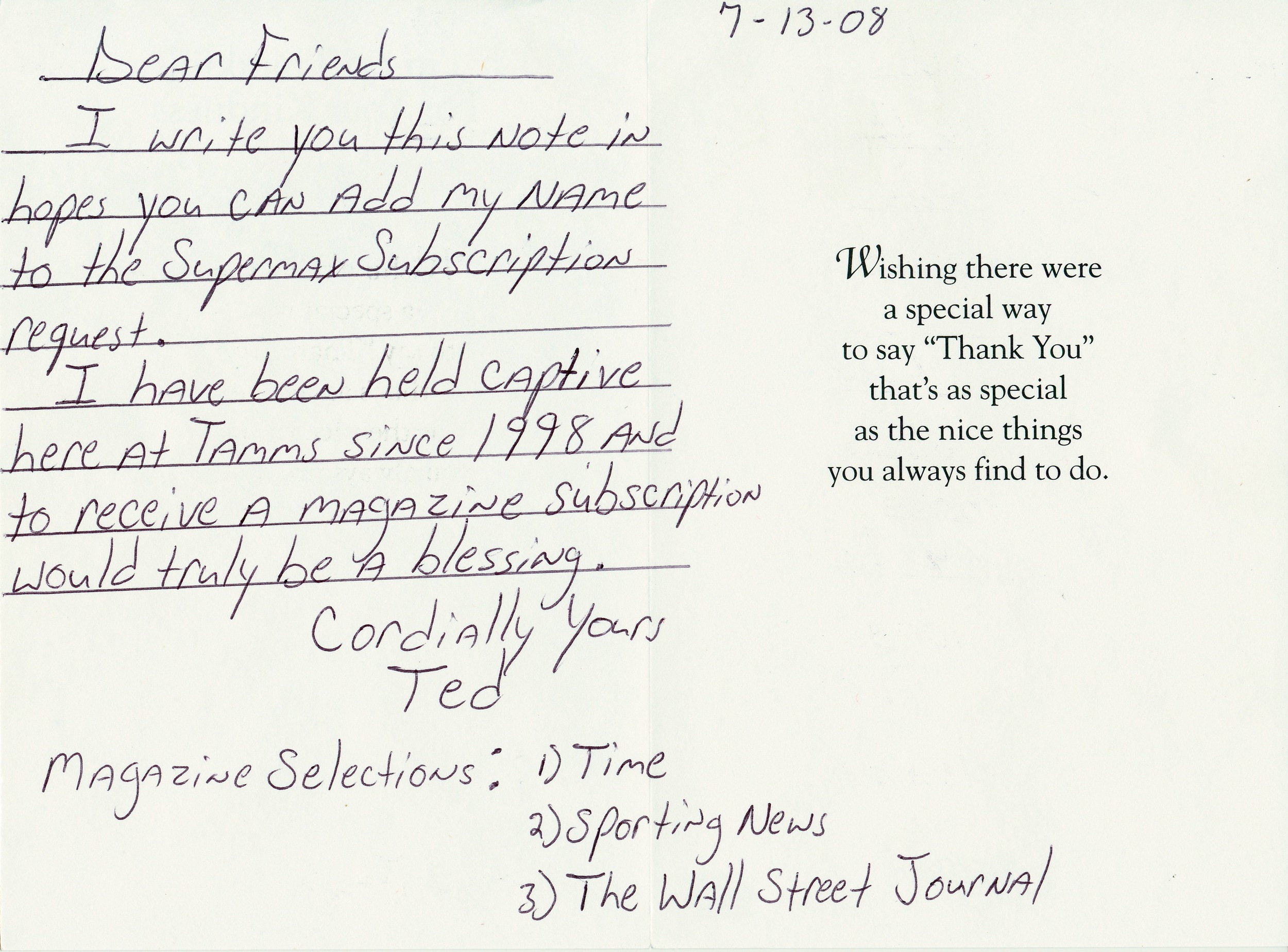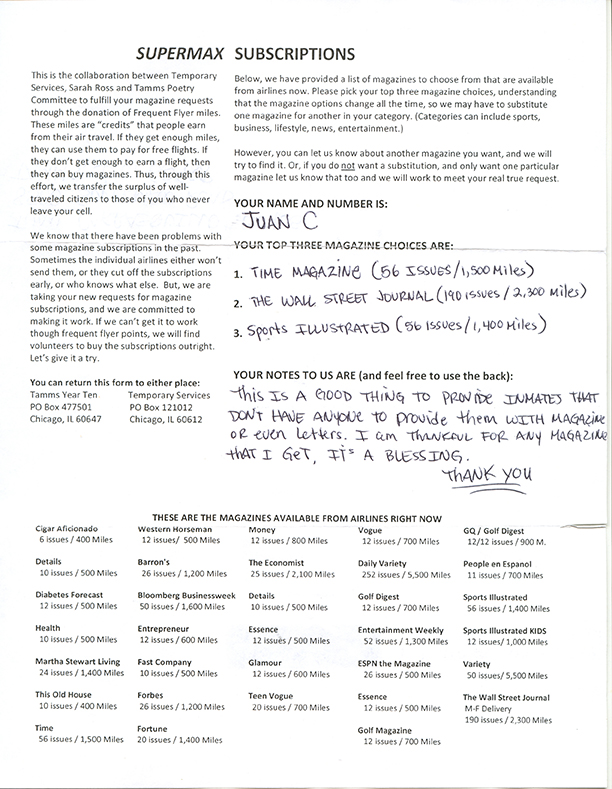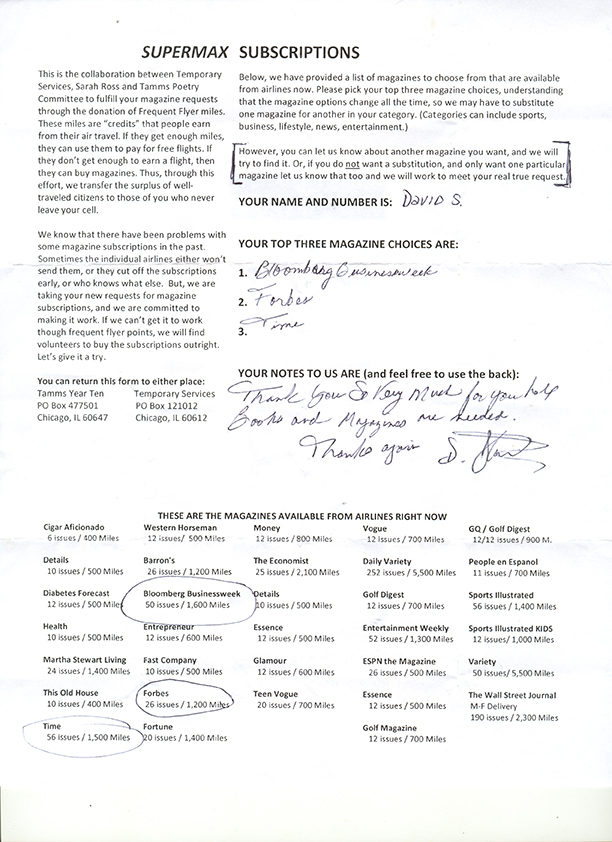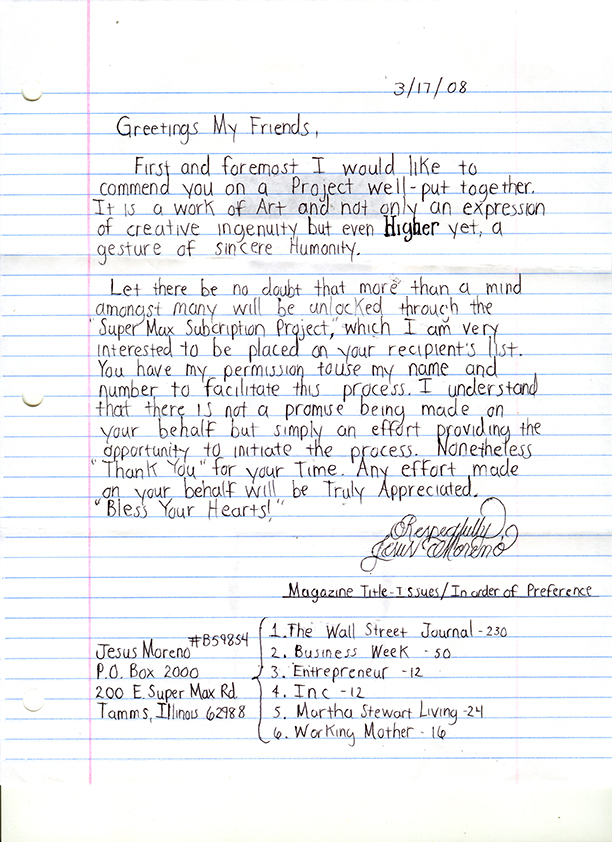TO SHOOT A KITE
Curated by Yaelle Amir
July 6 - August 5, 2014
PRESS: Creative Capital's Alex Teplitzky talks to curator Yaelle Amir
T: The New York Times Style Magazine highlights "To Shoot a Kite" & Chelsea Art Walk
ARTISTS:
Julie Green, Ashley Hunt, Lucky Pierre, Prison and Neighborhood Arts Project (P+NAP), Sarah Ross, Dread Scott, Jackie Sumell, Tamms Year Ten, and Temporary Services.
In prison-speak, a ‘kite’ represents notes or letters and ‘to shoot a kite’ means to send a message. The projects included in this exhibition represent the work of a select group of artists who have set out to relay the severe conditions of inmates and expose this broken system. In so doing, they are reframing the narrative surrounding the incarcerated—providing a platform for public expression and advocating for change both from within and out of the prison system. Each project takes on a different form – from documentation and data visualization to offering services and advocacy – that provides a link between the incarcerated and the outside world, portraying their conditions, and personalizing the abundant yet anonymous data about the prison system. Catalogue includes essays written by Yaelle Amir, Ashley Hunt, and Lilly Lampe.
RELATED PROGRAMMING:
July 30, 6pm: A performance by Truthworker Theatre Company
Truthworker Theatre Company will perform excerpts from BAR CODE and a selection of new works. TTC's current work provides a performative analysis of the school-to-prison pipeline using theatre and media, featuring high school and college-aged youth, directed by Samara Gaev. For more information on Truthworker Theatre Company, click here.
July 22, 7pm: Conversation with Ashley Hunt & members of Critical Resistance
Join us for a conversation with artist Ashley Hunt, centering on Hunt’s work with the grassroots organization Critical Resistance, which has resulted in part in his Corrections Documentary Project (on view in the current exhibition, To Shoot a Kite). Members of the New York chapter of Critical Resistance will be present to discuss their local efforts to abolish the prison industrial complex, seeking “healthy and stable communities that respond to harm without relying on imprisonment and punishment.”
Curator's Essay: To Shoot a Kite by Yaelle Amir
The best activism is equal parts love and equal parts anger.
—Jackie Sumell
In June 2012, Sesame Street introduced Alex, a new character on its online interactive program Little Children, Big Challenges. In the short educational video, Alex admits his father is in prison after skirting questions from his friends on his dad’s whereabouts.2 What does it say about the United States when one of its most popular early-childhood education programs finds the issue of incarceration widespread enough to incorporate it into its curriculum? Alex is one of approximately 2.7 million American children who have a parent currently incarcerated (one in every 28 children), two-thirds of whom are in for nonviolent crimes.3
Sofia, Abby and Rosita comfort Alex by giving him a hug and listening to his feelings as part of Sesame Street’s Little Children, Big Challenges: Incarceration initiative. © 2013 Sesame Workshop. Photo by: Gil Vaknin
According to data published by the Prison Policy Initiative in March 2014, there are currently more than 2.4 million people being held in U.S. incarceration facilities, including state and federal prisons, juvenile correctional facilities, local jails, Indian County jails, military prisons, immigration detention facilities, civil commitment centers, and prisons in the U.S. territories.4 This rate is greater than any other country: of the approximately 10 million people who have been sentenced around the world, the U.S. incarcerates close to a fourth (2.4 million), followed by China (1.65 million) and Russia (0.81 million).5 Constituting 5% of the world’s population, the U.S. holds approximately 25% of its inmates.6 Louisiana is the “world’s prison capital” with 1 in 86 adults serving time, close to twice the national average.7 This policy comes at a hefty cost: in 2013 the federal system spent $7.9 billion on prisoner expenses.8 In New York City alone, the cost per prisoner in 2012 was an astounding $167,731 owing to the remote location of the city’s jail facilities on Rikers Island, where the inmates are far out of sight and the price to transport them to the city courts is high.9 Finally, the broader picture of the U.S. government’s priorities is placed in sharp focus when recognizing that prisons account for 10% of the recent budgets, while higher education dropped below 8%.10
Let us back up a bit and trace how the U.S. came to earn the dubious title of “most incarcerated in the world.” Continued...
ADDITIONAL ESSAYS:
Anywhere and Everywhere, Translating Captivity by Ashley Hunt
Human Nature by Lilly Lampe
A list of additional resources can be found here.
This exhibition was the winning selection of the 2013 Open Call for Curatorial Proposals. This program provides one deserving curator the necessary time and resources to realize an innovative project, with the aim of encouraging curatorial research in tandem with exhibition planning. The proposal was unanimously selected by a jury comprised of Suzanne Kim, Director of Exhibitions, SmackMellon; artist Pablo Helguera; and artist and 2013 Guggenheim Fellow Laura Parnes.

